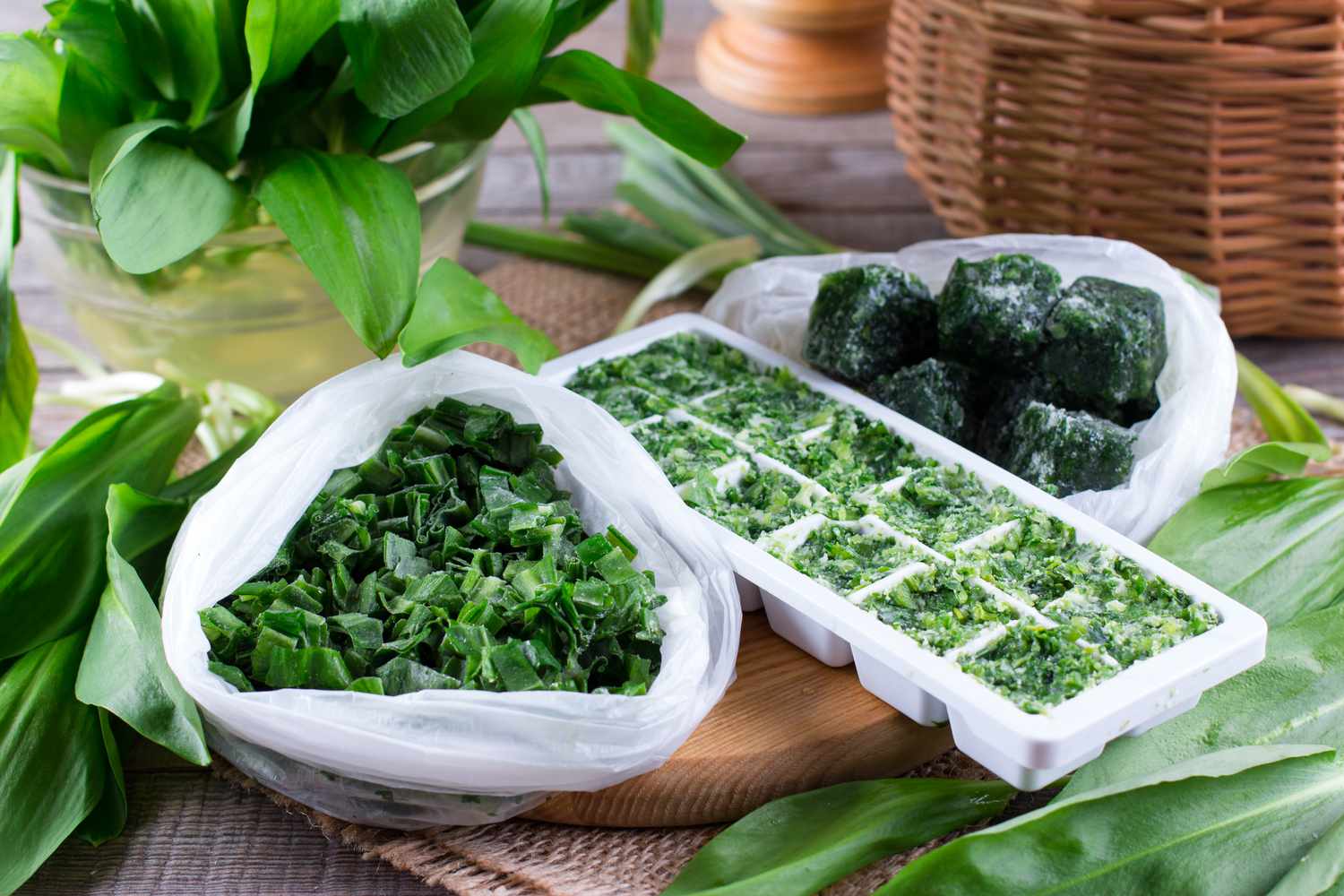

Articles
How To Store Chives In Freezer
Modified: December 7, 2023
Discover the best way to store chives in the freezer with our detailed articles. Follow our step-by-step guide to preserve the flavor and freshness of your chives for longer periods.
(Many of the links in this article redirect to a specific reviewed product. Your purchase of these products through affiliate links helps to generate commission for Storables.com, at no extra cost. Learn more)
Introduction
Chives are a versatile and flavorful herb that can be used to enhance various dishes. Whether you have an abundance of chives from your garden or want to preserve them for future use, freezing is a great option. Freezing chives allows you to extend their shelf life while retaining their fresh taste and vibrant green color.
In this article, we will explore the benefits of freezing chives and provide you with a comprehensive guide on how to store them in the freezer. We will discuss various methods, including freezing chives in ice cubes, freezing them as a whole, chopping and freezing the leaves, and freezing them in oil. Additionally, we will share tips on properly storing frozen chives and provide guidance on thawing and using them in your culinary adventures.
By following these tips and techniques, you can ensure that your chives stay fresh and flavorful even after months of being stored in the freezer. So, let’s dive in and discover the wonderful world of freezing chives!
Key Takeaways:
- Preserve the vibrant flavor and color of chives year-round by freezing them in various ways, from ice cubes to oil, ensuring convenient access and culinary versatility.
- Properly prepare, store, and thaw frozen chives to maintain their freshness and aromatic intensity, allowing you to enjoy their delightful flavor in a wide range of dishes.
Read more: How To Store Chives
Why Freeze Chives?
Freezing chives is an excellent way to preserve their freshness and flavor for an extended period. Here are some compelling reasons why you should consider freezing chives:
- Prolong Shelf Life: Chives have a relatively short shelf life when stored in the refrigerator. By freezing them, you can extend their lifespan by several months, allowing you to enjoy the flavor of fresh chives all year round.
- Convenience: Freezing chives provides a convenient solution for preserving them. It allows you to have chives readily available whenever you need them, without the need to constantly purchase or grow fresh chives.
- Preserve Freshness: Freezing chives helps to retain their fresh taste, vibrant color, and aroma. This is especially important if you have a surplus of chives from your garden and want to avoid flavor loss or wastage.
- Culinary Versatility: Frozen chives can be used in a variety of dishes, including soups, stews, sauces, marinades, omelets, and more. They add a burst of flavor to your culinary creations, just like fresh chives would.
- Year-Round Availability: By freezing chives, you can enjoy the taste of this herb even during the winter months when fresh chives may not be readily available or may be pricey at the grocery store.
With these benefits in mind, freezing chives is an excellent option for preserving their flavor, freshness, and versatility. Now, let’s explore the different methods of preparing chives for freezing.
How to Prepare Chives for Freezing
Before diving into the various methods of freezing chives, it’s important to know how to prepare them properly. Here are the steps to follow:
- Harvesting: Harvest chives from your garden or purchase them from a trusted source. Select fresh chives that are vibrant green and free from any signs of wilting or discoloration.
- Cleaning: Gently rinse the chives under cool running water to remove any dirt or debris. Pat them dry with a clean towel or use a salad spinner to remove excess moisture.
- Trimming: Trim off any yellowed or damaged parts of the chives. You can use kitchen shears or a sharp knife to remove the unwanted portions. Ensure that you only keep the fresh and healthy green parts of the chives.
- Cutting: Decide on the desired size for your frozen chives. They can be kept as whole, chopped, or minced, depending on your preference. Use kitchen shears or a knife to cut the chives into the desired lengths.
- Dividing: If you plan to freeze chives in specific portion sizes for later use, divide them into equal portions. This will make it easier to thaw and use the desired amount of chives in your recipes without the need to defrost the entire batch.
- Packaging: Choose the appropriate packaging for freezing chives. Options include freezer-safe resealable bags, airtight containers, or ice cube trays. Ensure that the packaging is suitable for freezing to prevent freezer burn and maintain the quality of the chives.
Now that you know how to prepare chives for freezing, it’s time to explore the different methods of freezing them. Choose the method that best suits your needs and culinary preferences. Let’s discuss these methods in detail.
Method 1: Freezing Chives in Ice Cubes
One of the simplest and most versatile methods of freezing chives is by using ice cube trays. Freezing chives in ice cubes allows you to have small, individual portions that can be easily measured out and used in various recipes. Here’s how to do it:
- Prepare Chives: Trim and chop the chives into small pieces. Alternatively, you can keep them whole if preferred.
- Fill Ice Cube Trays: Fill each compartment of the ice cube tray halfway with the chopped or whole chives.
- Add Water or Oil: Fill the ice cube tray the rest of the way with either water or a neutral oil, such as olive oil or vegetable oil. This will help preserve the flavor and prevent the chives from drying out in the freezer.
- Freeze: Place the ice cube tray in the freezer and allow the chives to freeze completely. This typically takes about 2-4 hours.
- Transfer to Freezer Bags: Once the chive-infused ice cubes are fully frozen, remove them from the tray and transfer them to freezer-safe resealable bags. Label the bags with the date for easy identification.
- Store in Freezer: Place the bags of chive-filled ice cubes back in the freezer. They can be stored for up to 6 months without significant loss of flavor.
When you need to use the frozen chives, simply take out the desired number of chive ice cubes and thaw them as needed. The remaining cubes can be returned to the freezer for future use.
This method is particularly convenient when you want to add chives to dishes such as soups, sauces, or stir-fries. The small cubes melt quickly and evenly, distributing the chive flavor throughout the dish.
Now that you’ve learned how to freeze chives in ice cubes, let’s move on to the next method: freezing chives as a whole.
Method 2: Freezing Chives as a Whole
Freezing chives as a whole is another easy and straightforward method of preserving their freshness. This method is ideal if you prefer to use intact chives in your recipes. Here’s how to freeze chives as a whole:
- Prepare Chives: Harvest fresh chives from your garden or buy them from a reliable source. Rinse them under cool running water to remove any dirt or debris and pat them dry.
- Bundle Chives: Gather a small bunch of chives, with stems all facing the same direction. Aim to create manageable-sized bundles that you would typically use in a single recipe.
- Wrap in Plastic Wrap: Wrap the bundle of chives tightly in a layer of plastic wrap. This helps to prevent freezer burn and maintain their quality during freezing.
- Label and Package: Label the package with the date and place it in a freezer-safe resealable bag or airtight container. This ensures easy identification and keeps the chives protected from air and moisture in the freezer.
- Freeze: Place the wrapped chive bundles in the freezer and allow them to freeze completely. Freezing usually takes about 2-3 hours.
- Store in Freezer: Once the chives are fully frozen, you can store them in the freezer for up to 6 months. It is advisable to use them within this timeframe to maintain optimal flavor and quality.
When you need to use the frozen whole chives, simply take out the desired bundle and thaw it in the refrigerator for a few hours or overnight. You can then use the chives as desired in your recipes, or even chop them into smaller pieces if needed.
This method is particularly suitable if you prefer the texture and presentation of whole chives in your dishes. They can be used to garnish a dish, add a pop of color, or as an ingredient in various recipes.
Now that you have learned how to freeze chives as a whole, let’s move on to the next method: freezing chopped chive leaves.
To store chives in the freezer, wash and dry them thoroughly, then chop or leave them whole and place in an airtight container or freezer bag. Label with the date and use within 6 months for best flavor.
Read more: How To Store Chives In The Fridge
Method 3: Freezing Chives as Chopped Leaves
If you prefer using chopped chives in your recipes, freezing them as chopped leaves is a great method. This allows you to have readily chopped chives on hand, saving you time and effort during meal preparation. Here’s how you can freeze chives as chopped leaves:
- Prepare Chives: Harvest fresh chives from your garden or purchase them from a reliable source. Rinse them under cool running water to remove any dirt or debris. Pat them dry and allow them to air dry completely.
- Chop the Chives: Lay the chive leaves on a cutting board and finely chop them to your desired size. You can use a sharp knife or kitchen shears for this task.
- Divide into Portions: If you prefer pre-portioned chives for easier use, divide the chopped chives into individual portion sizes. You can use measuring spoons or small containers for this.
- Packaging: Place the chopped chives in freezer-safe resealable bags or airtight containers. Make sure to squeeze out any excess air from the bags before sealing to prevent freezer burn.
- Label: Label the bags or containers with the date to easily track their freshness. This step is crucial for identifying the contents and ensuring that you use the oldest chives first.
- Freeze: Place the labeled bags or containers in the freezer, making sure they are kept flat to maximize space. Allow the chopped chives to freeze completely, which usually takes about 2-3 hours.
- Storage: Once the chopped chives are fully frozen, they can be stored in the freezer for up to 6 months. It’s best to use them within this timeframe to maintain their freshness and flavor.
When you need to use the frozen chopped chives, simply take out the desired portion from the freezer and thaw it in the refrigerator or use it directly in your recipes. These frozen chopped chives can be added directly to soups, stews, salads, or any dish that calls for a burst of chive flavor.
This method is perfect if you regularly use chopped chives in your cooking. It saves time by eliminating the need to chop fresh chives every time you cook a meal, while still providing the fresh flavor you desire.
Now that you’ve learned how to freeze chives as chopped leaves, let’s move on to the final method: freezing chives in oil.
Method 4: Freezing Chives in Oil
Freezing chives in oil is a unique and convenient method that helps preserve their flavor while adding an extra layer of richness to your dishes. This method creates flavorful chive-infused oil that can be used in various recipes. Here’s how to freeze chives in oil:
- Prepare Chives: Harvest fresh chives from your garden or purchase them from a trusted source. Rinse them under cool running water, pat them dry, and allow them to air dry completely.
- Chop the Chives: Finely chop the chives to the desired size. You can use a sharp knife or kitchen shears for this step. Ensure that the chives are evenly chopped to allow for better oil infusion.
- Fill Containers: Fill small glass containers or ice cube trays halfway with the finely chopped chives.
- Add Oil: Pour a high-quality oil, such as olive oil or vegetable oil, over the chives in each container, ensuring that they are completely submerged. The oil serves as a preservative and helps to retain the flavor and color of the chives.
- Optional Additions: If desired, you can add other herbs or spices to the oil for additional flavor. Some popular options include garlic, thyme, rosemary, or red pepper flakes. However, keep in mind that these additions may affect the overall taste of the chives.
- Cover and Freeze: Place lids or wrap the containers tightly with plastic wrap to prevent any air exposure. Place the containers in the freezer and allow the chives to freeze completely, which typically takes 2-4 hours.
- Transfer to Freezer Bags: Once the chive and oil mixture is fully frozen, remove the containers from the freezer and transfer the chive-infused oil cubes into freezer-safe resealable bags. Label the bags with the date for easy identification.
- Store in Freezer: Place the labeled bags of chive-infused oil cubes back in the freezer. They can be stored for up to 6 months, providing you with a flavorful addition to your culinary creations.
When you are ready to use the frozen chive-infused oil cubes, simply remove the desired amount from the freezer and allow them to thaw at room temperature or in the refrigerator. The infused oil can be used as a base for salad dressings, marinades, sautéing vegetables, or drizzled over dishes to enhance the flavor.
This method is excellent for preserving the delicate flavor and aroma of chives while infusing the oil with their essence. It provides a convenient way to add chive flavor to your dishes without the need for chopping fresh chives each time.
Now that you’ve learned how to freeze chives in oil, let’s move on to some tips for properly storing frozen chives.
Tips for Properly Storing Frozen Chives
Proper storage is key to maintaining the quality and flavor of frozen chives. Here are some helpful tips to ensure that your frozen chives stay fresh for an extended period:
- Label and Date: Always label your storage containers or bags with the date to easily track their freshness. This will help you identify the oldest chives and use them first to prevent wastage.
- Use Appropriate Packaging: Choose freezer-safe resealable bags, airtight containers, or ice cube trays specifically designed for freezing. These containers will provide a barrier against air and moisture, preventing any unwanted changes in texture or flavor.
- Remove Excess Air: Squeeze out any excess air from the bags or containers before sealing them. This step helps to prevent freezer burn and maintain the quality of the frozen chives.
- Optimal Storage Temperature: Set your freezer to a temperature of 0°F (-18°C) or below. This ensures the proper freezing and preservation of the chives.
- Organize and Stack: Arrange the frozen chive containers or bags in an organized manner, optimizing space in your freezer. Stack them flat to prevent them from getting crushed or damaged.
- Avoid Frequent Thawing and Refreezing: To maintain the quality of frozen chives, try to avoid thawing and refreezing them multiple times. Each time they go through this process, their texture may change, and there is a risk of flavor loss.
- Use within 6 Months: Ideally, use the frozen chives within 6 months for the best flavor and quality. While they may still be safe to consume after that time, the flavor and aroma may gradually diminish over time.
By following these storage tips, you can enjoy the fresh taste and vibrant color of frozen chives whenever you need them.
Now that you know how to store frozen chives properly, let’s move on to the next section on how to effectively thaw and use them in your culinary creations.
Thawing and Using Frozen Chives
Thawing frozen chives properly is essential to maintain their texture and flavor. Here are some guidelines on how to thaw and use frozen chives:
- Refrigerator Thawing Method: The best way to thaw frozen chives is by transferring them from the freezer to the refrigerator. Place the desired amount of frozen chives in a bowl or on a plate and allow them to thaw slowly in the fridge. This method can take a few hours or overnight, depending on the quantity of chives.
- Immediate Use Thawing Method: If you need to use the frozen chives immediately, you can thaw them quickly by placing them in a bowl of cool water. Submerge the chives in the water and let them thaw for about 15-30 minutes. Make sure to use the thawed chives immediately to maintain their freshness.
- Avoid Microwaving: While it is possible to thaw chives in the microwave, it is not recommended as it can cause uneven thawing, resulting in a loss of texture and flavor. Microwaving can also lead to moisture loss, making the chives wilt and become less appetizing.
- Using Thawed Chives: Once the frozen chives are thawed, they can be used in various recipes just like fresh chives. They work well in soups, stews, salads, scrambled eggs, and other dishes where you want to add a fresh onion-like flavor and bright green color.
When using thawed chives, keep in mind that their texture might be slightly softer compared to fresh chives. However, their flavor and aroma should still be intact, allowing you to enjoy the same aromatic intensity in your dishes.
If you have thawed more chives than you need for a particular recipe, you can return the remaining portion to the refrigerator for a day or two. However, it is generally advisable to use the thawed chives within a short period to preserve their quality.
Now that you know how to thaw and use frozen chives, let’s wrap up this article.
Read more: How To Store Garlic Chives
Conclusion
Freezing chives is a fantastic way to extend their shelf life and ensure that you always have this flavorful herb on hand. Whether you choose to freeze chives in ice cubes, as a whole, chopped leaves, or in oil, each method offers a convenient way to preserve their freshness and vibrant green color.
By properly preparing and packaging the chives, storing them at the right temperature, and following best practices for thawing, you can enjoy the taste and aroma of chives throughout the year. Whether you use them as a garnish, flavor enhancer, or ingredient in your favorite recipes, frozen chives offer the same fresh taste and convenience as their fresh counterparts.
Remember to label and date your frozen chives, use appropriate packaging, and avoid frequent thawing and refreezing to maintain optimal flavor and quality. With these tips and techniques, you can confidently freeze, store, and use chives to enhance your culinary creations.
So, the next time you have an abundance of chives or come across a great deal at the grocery store, don’t hesitate to freeze them for later use. With the knowledge gained from this article, you can enjoy the delightful flavor and versatility of chives all year round, adding a touch of freshness to your meals.
Happy freezing and cooking!
Frequently Asked Questions about How To Store Chives In Freezer
Was this page helpful?
At Storables.com, we guarantee accurate and reliable information. Our content, validated by Expert Board Contributors, is crafted following stringent Editorial Policies. We're committed to providing you with well-researched, expert-backed insights for all your informational needs.
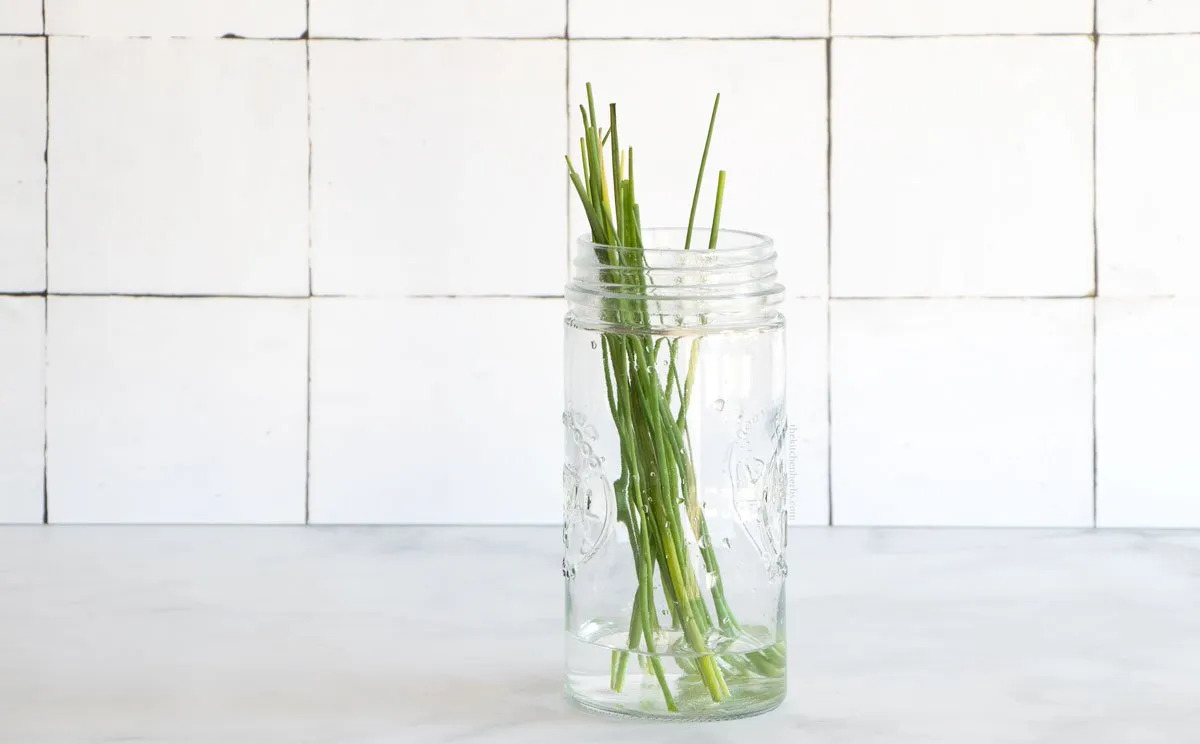
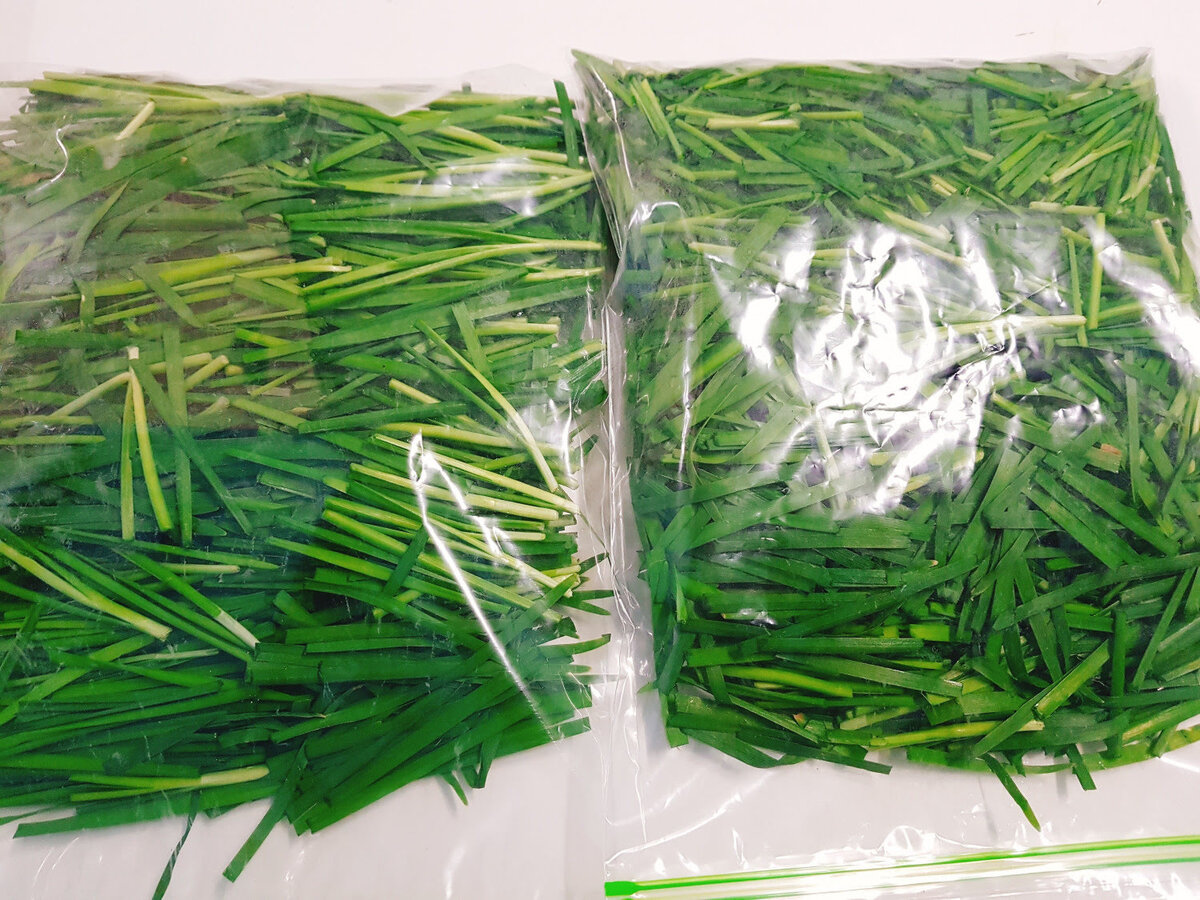
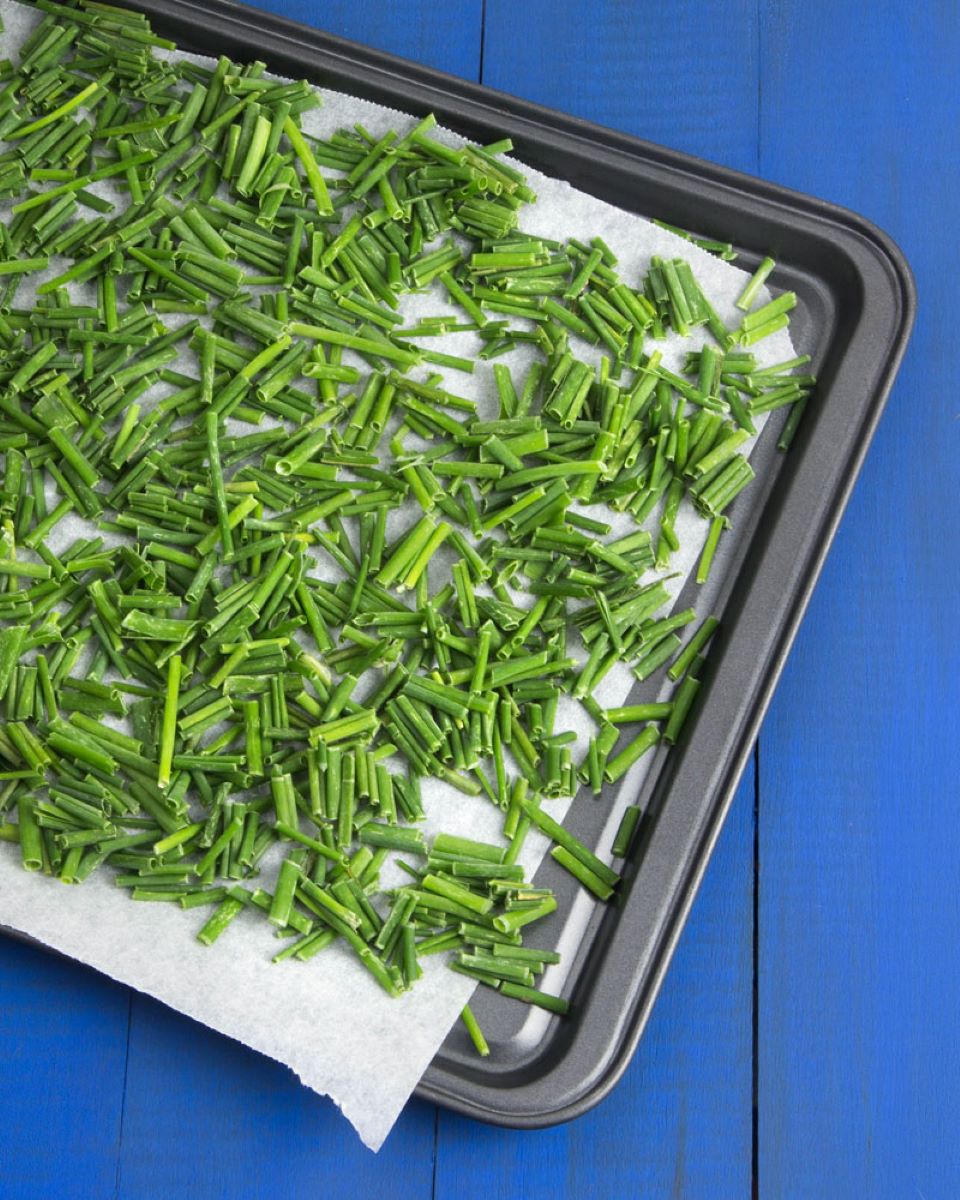
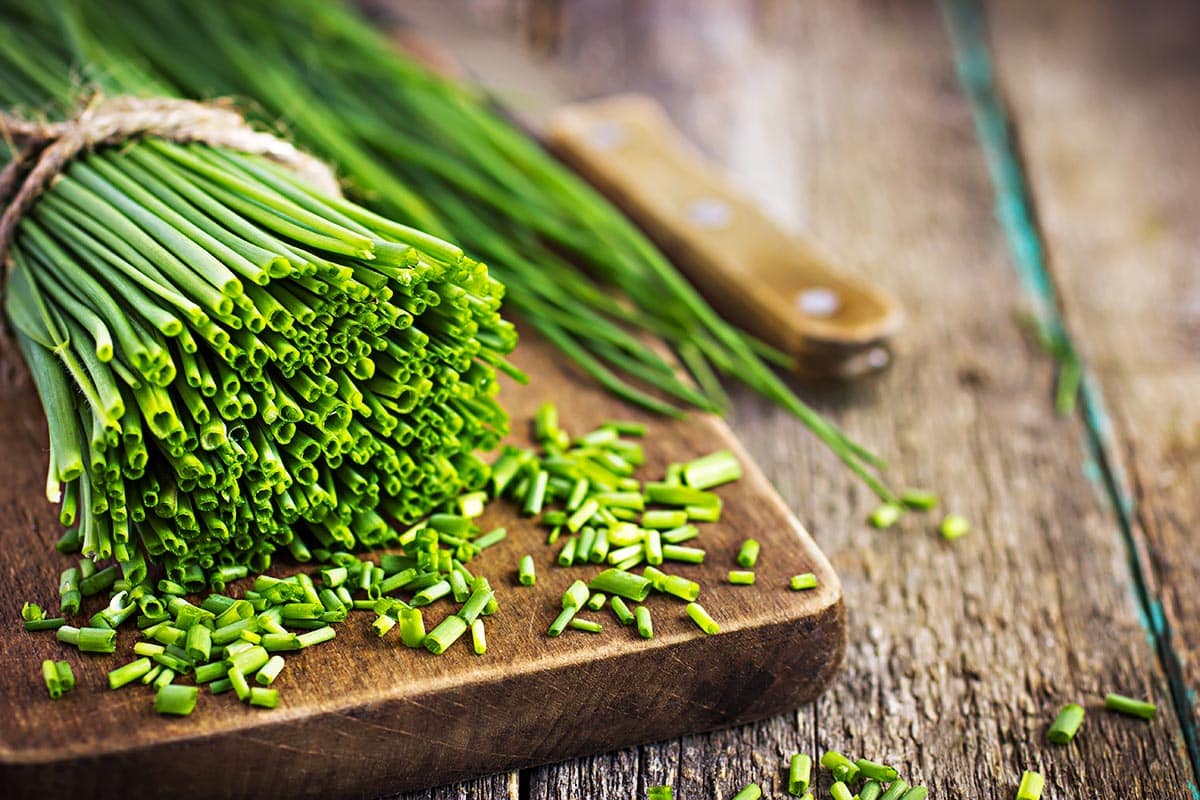
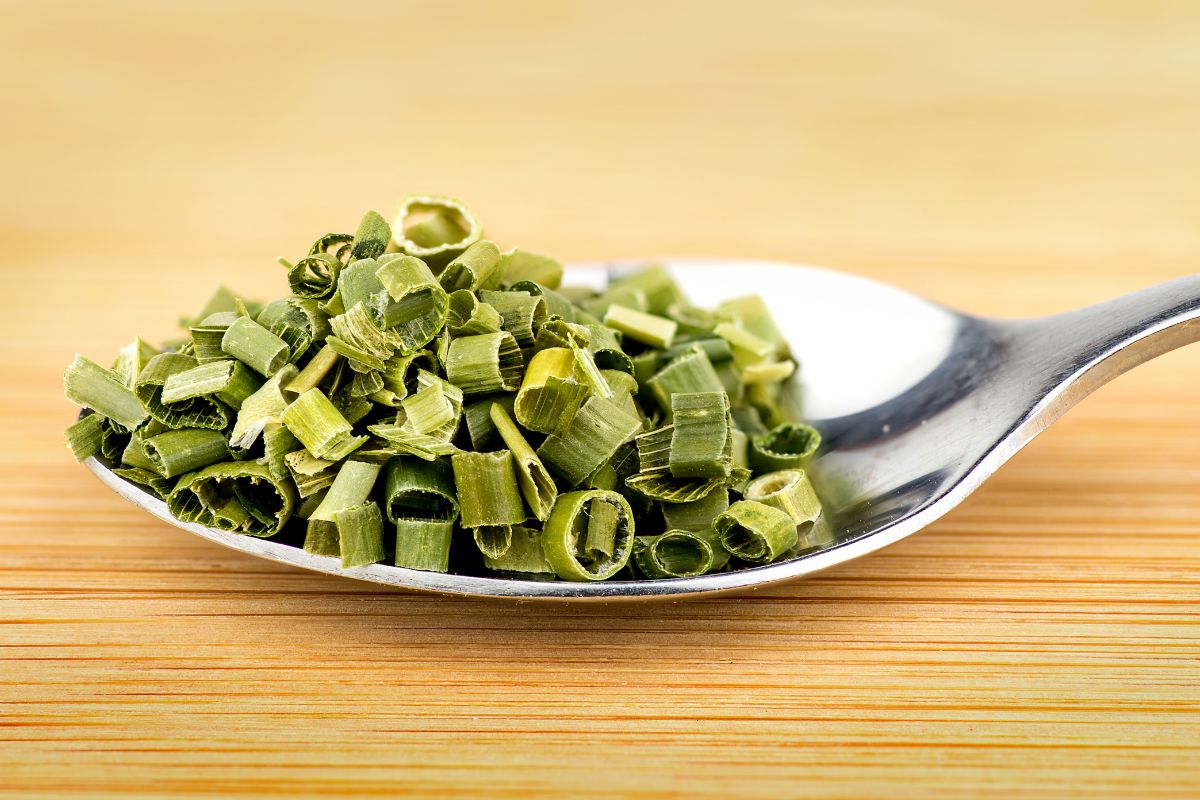

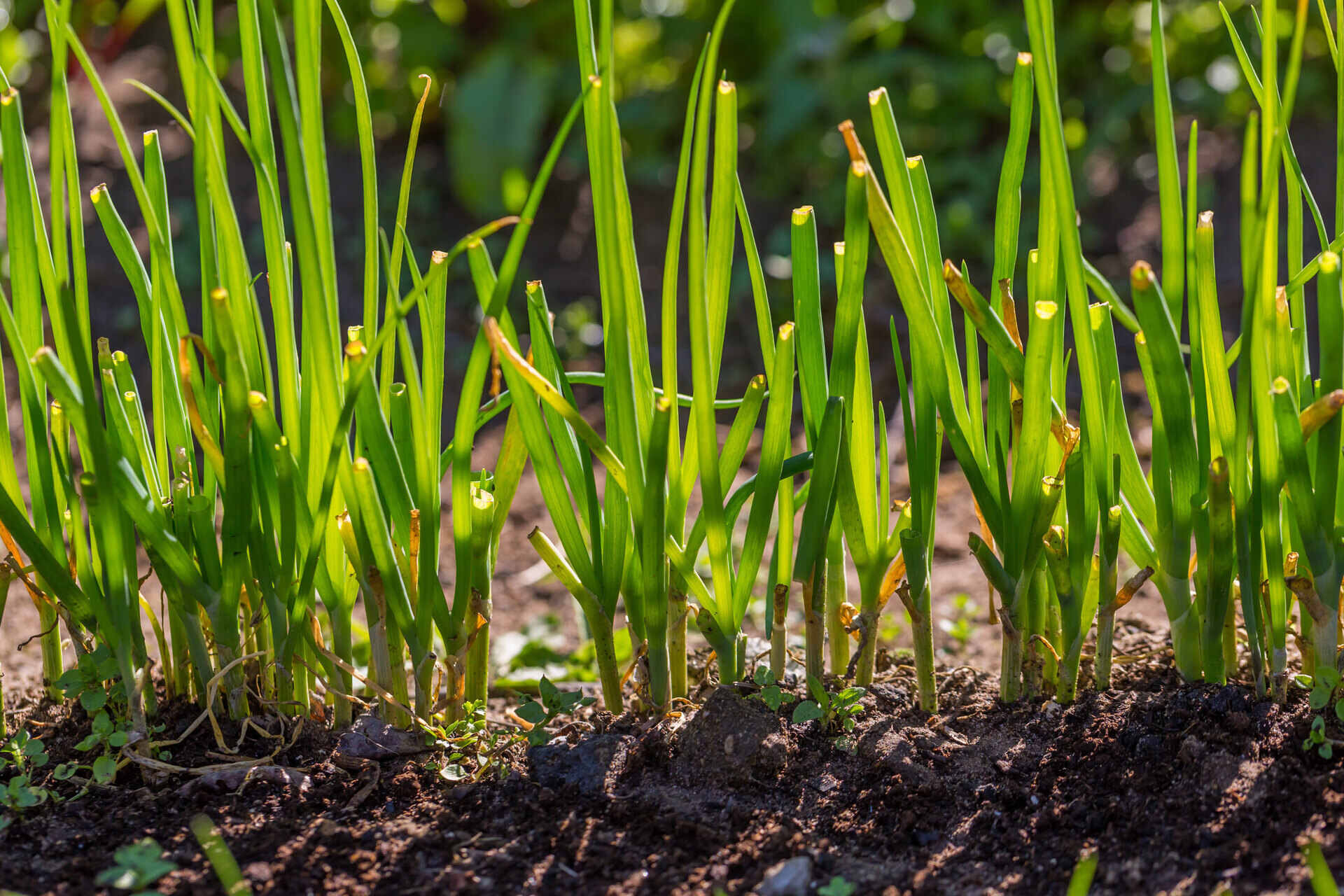
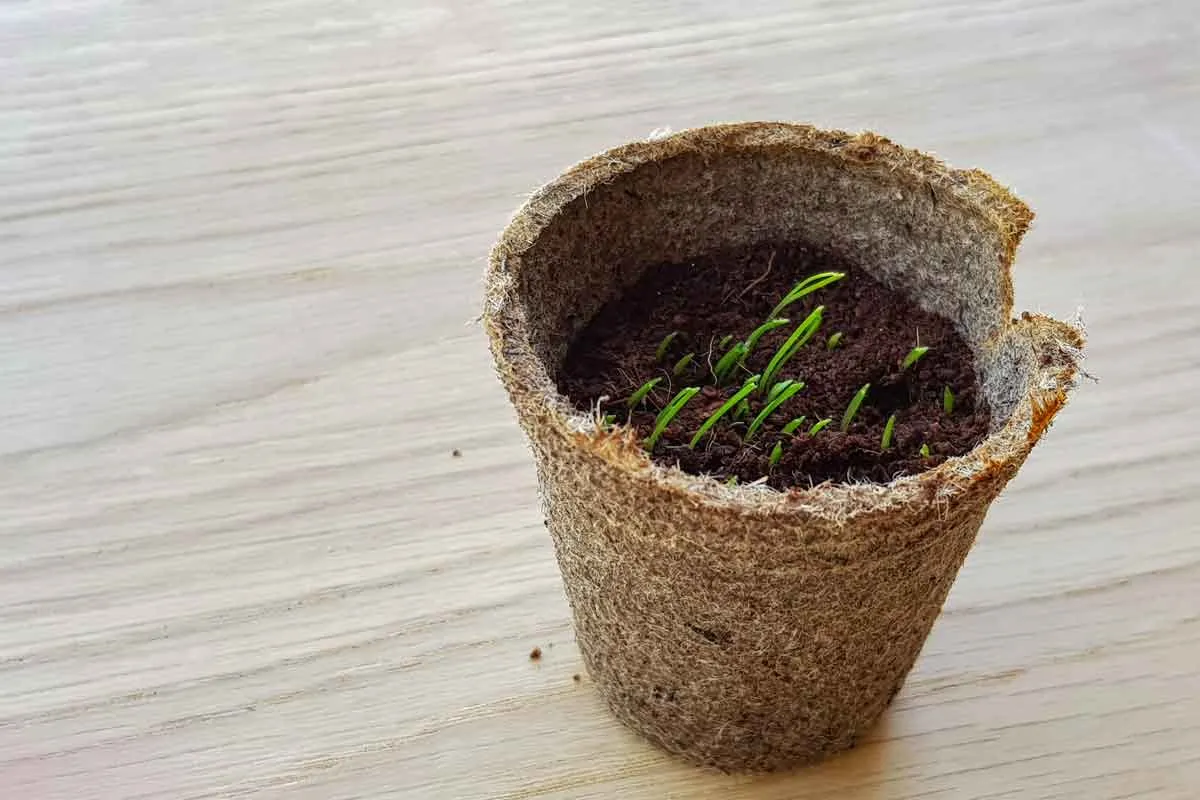
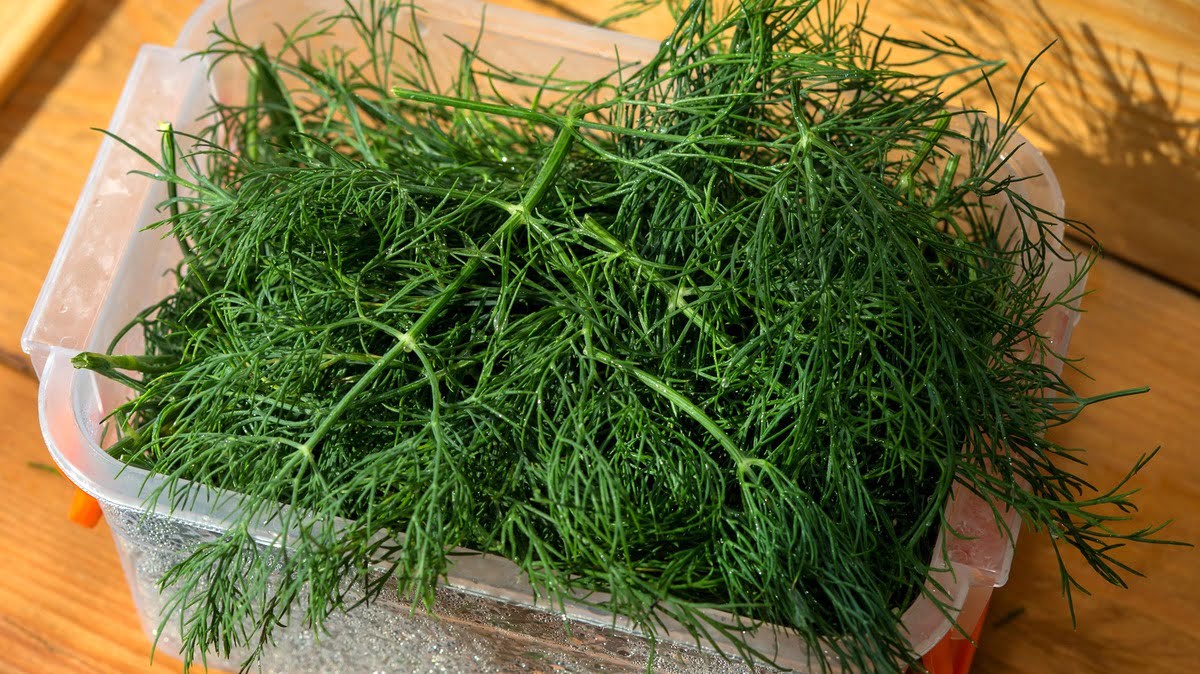
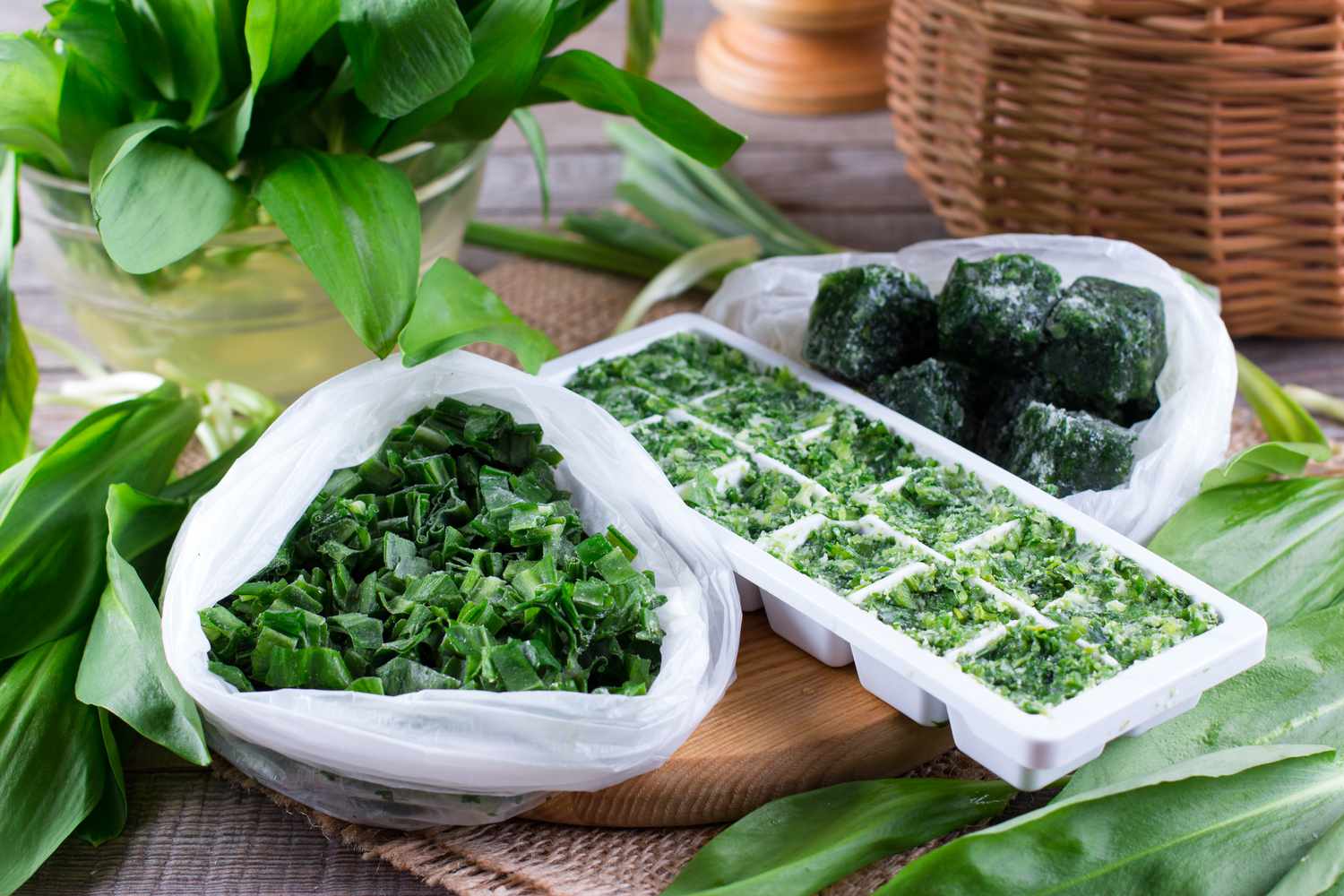
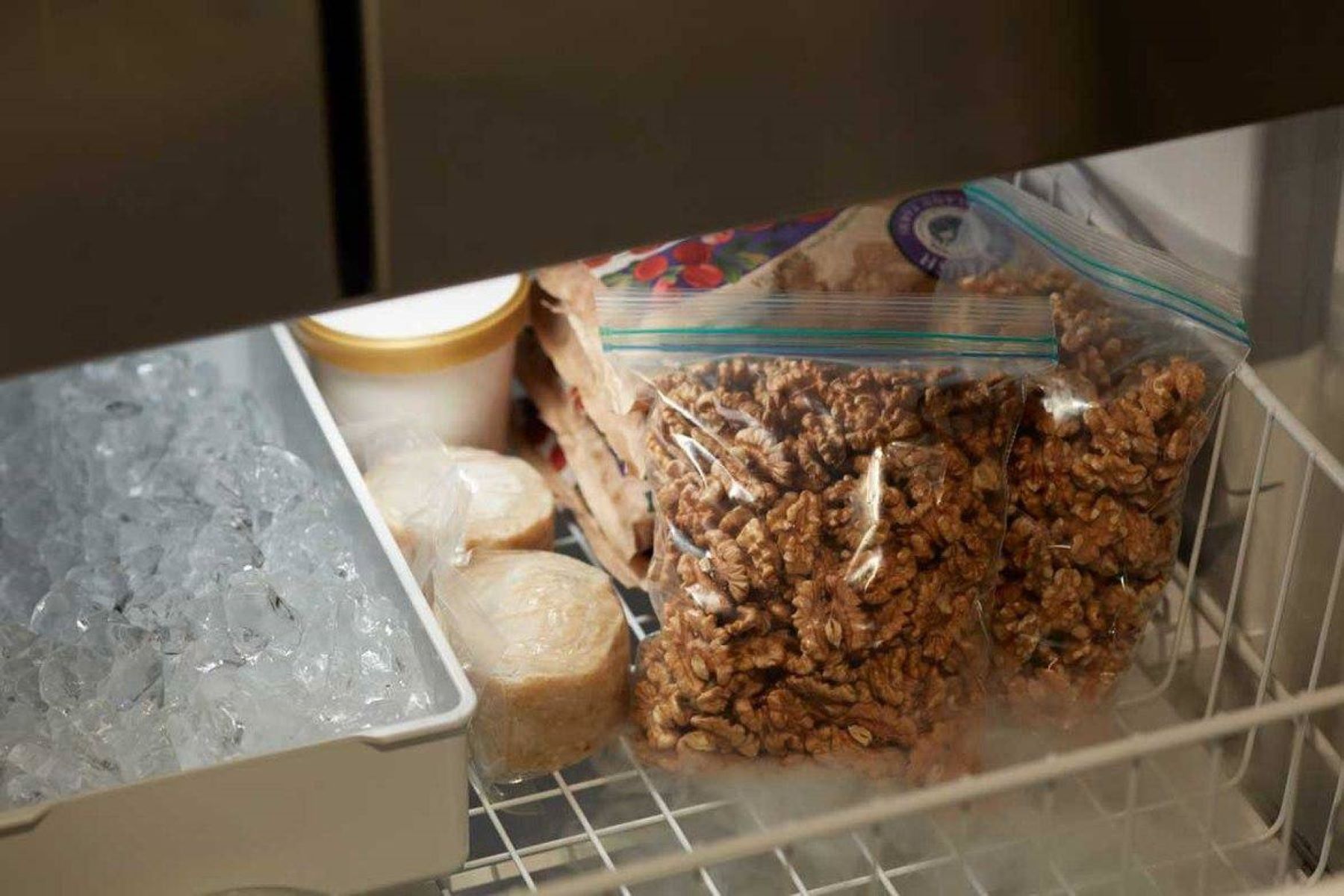
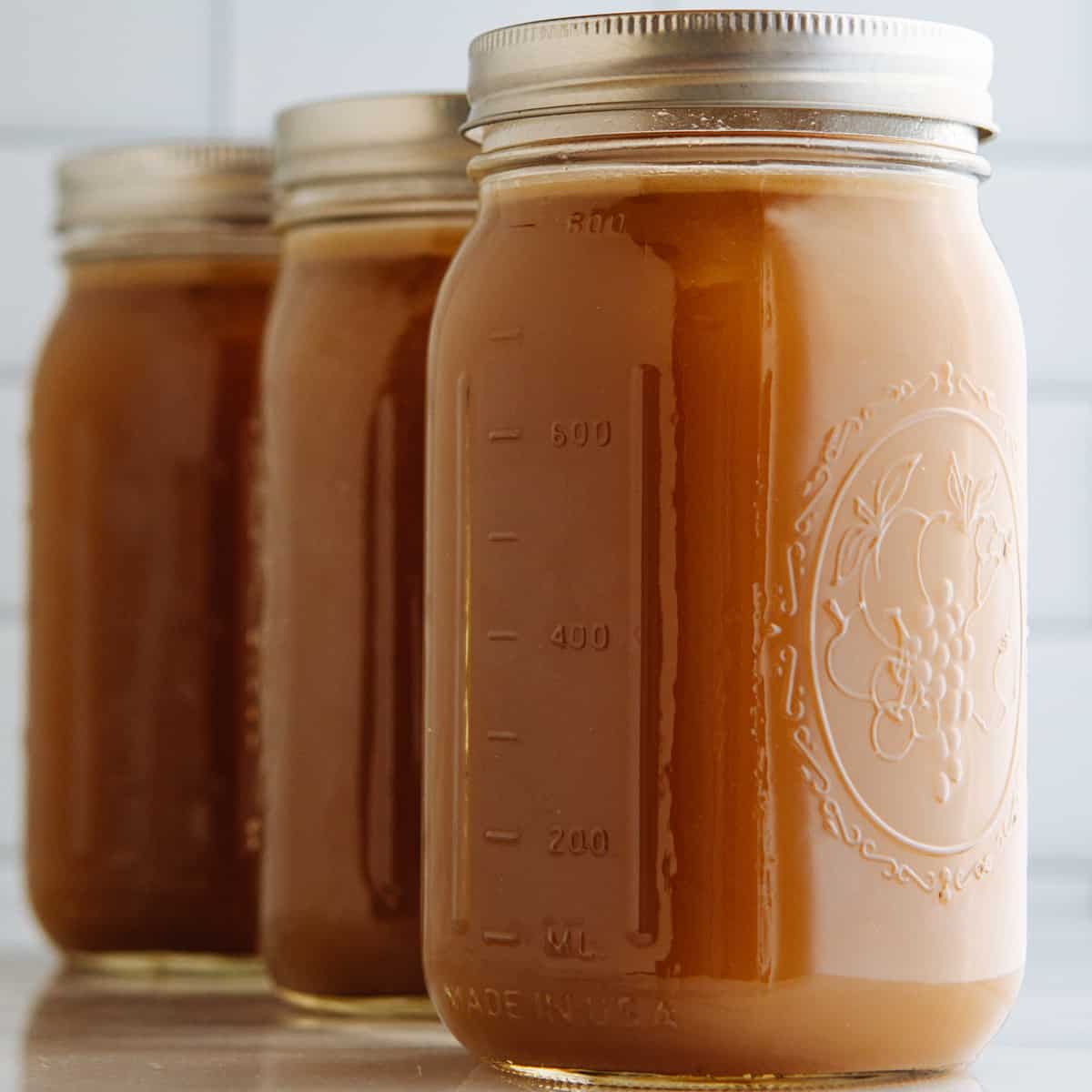
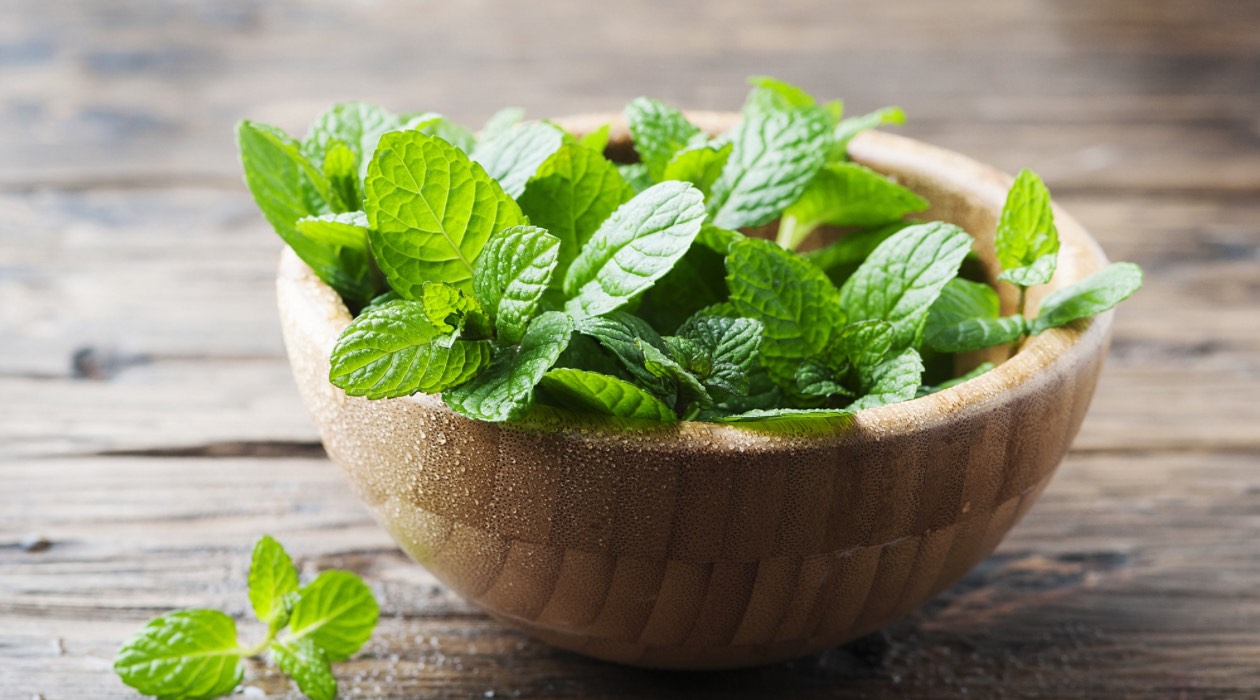

0 thoughts on “How To Store Chives In Freezer”